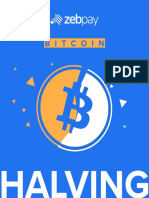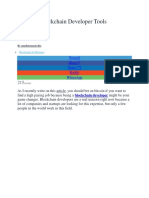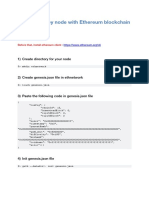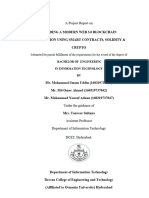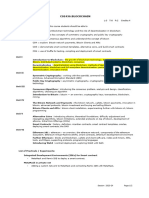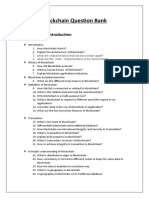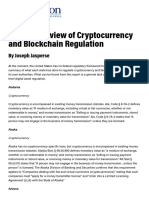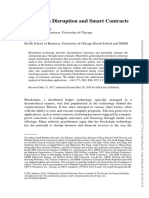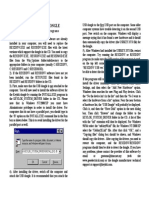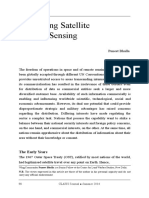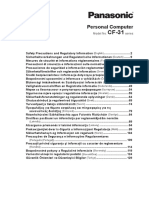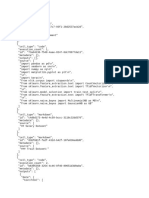100% found this document useful (1 vote)
334 views22 pagesBlockchain Course PDF
This document discusses blockchain business applications and provides examples of how companies are using blockchain technology. It presents several case studies of blockchain implementations, including Chow Tai Fook using it for diamond traceability and JD using it for e-invoices. The document also outlines the basics of blockchain, smart contracts, and tokens. It evaluates the potential of blockchain to reduce costs for transactions and discusses challenges to adoption.
Uploaded by
maghanna88Copyright
© © All Rights Reserved
We take content rights seriously. If you suspect this is your content, claim it here.
Available Formats
Download as PDF, TXT or read online on Scribd
100% found this document useful (1 vote)
334 views22 pagesBlockchain Course PDF
This document discusses blockchain business applications and provides examples of how companies are using blockchain technology. It presents several case studies of blockchain implementations, including Chow Tai Fook using it for diamond traceability and JD using it for e-invoices. The document also outlines the basics of blockchain, smart contracts, and tokens. It evaluates the potential of blockchain to reduce costs for transactions and discusses challenges to adoption.
Uploaded by
maghanna88Copyright
© © All Rights Reserved
We take content rights seriously. If you suspect this is your content, claim it here.
Available Formats
Download as PDF, TXT or read online on Scribd
/ 22



